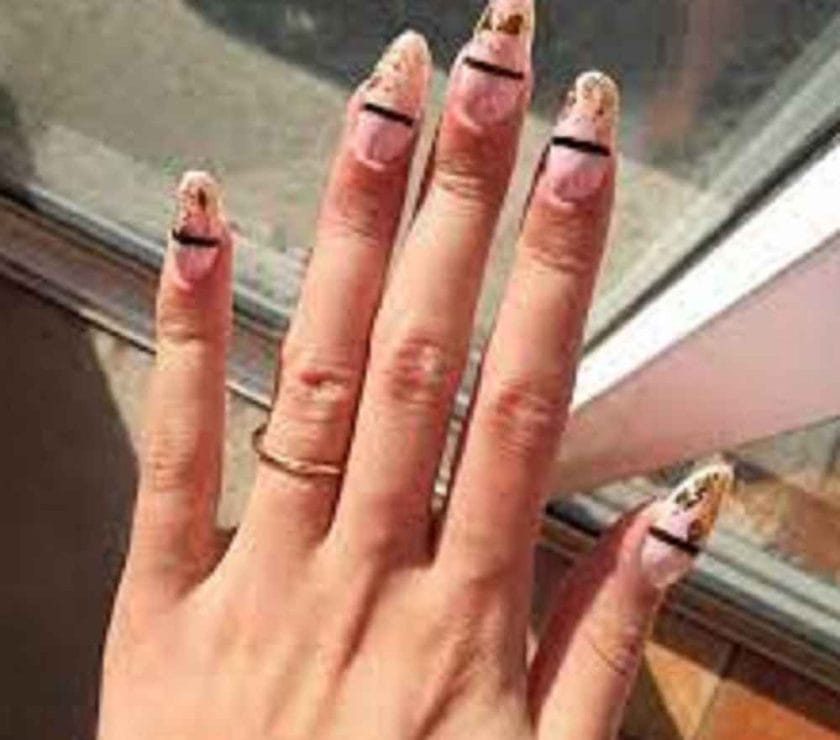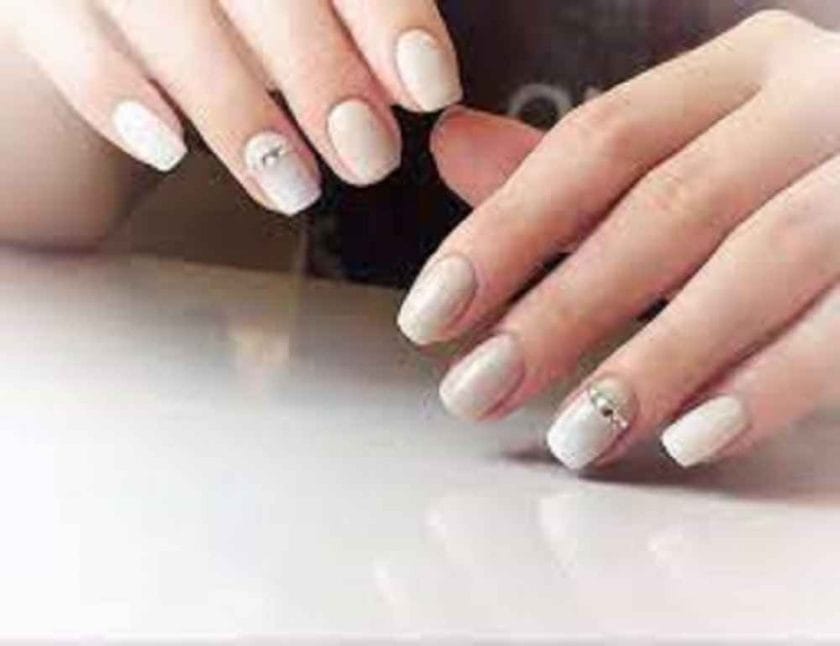Acrylic paint is a popular medium for artists and DIY enthusiasts alike. Its fast-drying properties, versatility, and durability make it an ideal choice for various painting projects.
However, sometimes, even the best artists and DIY enthusiasts may face a common problem – acrylic paint not drying. In this article, we will explore the reasons why this can occur and provide solutions to help you get your acrylic paint to dry properly.
Factors That Affect the Drying Time of Acrylic Paint
There are several factors that can impact the drying time of acrylic paint. These factors include:
Thickness of the Paint Layer
The thickness of the paint layer is one of the most significant factors affecting drying time.
If the paint is applied too thickly, it will take longer to dry, and there is a higher risk of cracking. A thin layer of paint will dry faster and be less likely to crack.
Type of Surface
The type of surface that the paint is applied to can also impact drying time. Some surfaces, such as plastic or metal, can be less porous than others and may not allow the paint to dry as quickly.
Humidity and Temperature
The humidity and temperature of the environment can also affect the drying time of acrylic paint. High humidity can slow down the drying time, and hot temperatures can cause the paint to dry too quickly, leading to cracking.
Quality and Brand of the Paint
The quality and brand of the paint can also impact drying time. Higher-quality paints tend to have better pigments and binders that allow for faster drying times.
On the other hand, lower-quality paints may contain fillers that can slow down drying times.
Air Flow
The flow of air in the room can also impact the drying time of acrylic paint. A room with poor air circulation will take longer for the paint to dry than a room with good air circulation.
Additives Used in the Paint
Some artists choose to add mediums or other additives to their paint to extend the drying time or to change the consistency. The use of these additives can significantly impact the drying time of the paint.
Common Causes of Acrylic Paint Not Drying
Now that we have explored the factors that can impact the drying time of acrylic paint, let’s discuss some of the common causes of acrylic paint not drying.

Overworking the Paint
One of the most common causes of acrylic paint not drying is over-working the paint. This can occur when the artist goes back over an area that has already started to dry, causing the paint to lift and smudge.
Using Too Much Medium or Water
Another common cause of acrylic paint not drying is the use of too much medium or water. When too much medium or water is added to the paint, it can dilute the paint and slow down the drying time.
Applying the Paint Too Thickly
Applying the paint too thickly can also cause the paint not to dry properly. As discussed earlier, a thick layer of paint will take longer to dry, and there is a higher risk of cracking.
Applying the Paint in High Humidity or Temperature
Applying the paint in high humidity or temperature can also slow down the drying time. High humidity can slow down the drying process, and hot temperatures can cause the paint to dry too quickly, leading to cracking.
Using Old or Expired Paint
Using old or expired paint can also cause the paint not to dry properly. Over time, paint can deteriorate and lose its ability to dry properly.
Using a Surface that Has Not Been Properly Prepared
Finally, using a surface that has not been properly prepared can also cause the paint not to dry properly. The surface should be clean, dry, and free of any oils or other substances that could prevent the paint from adhering.
Solutions to Fix Acrylic Paint Not Drying
If you have already started a painting project and your acrylic paint is not drying, try any or more of these solutions to fix the issue:
Let the Paint Dry Naturally
If you have overworked the paint or applied it in too thick layers, one solution is to simply allow enough time for the paint to dry naturally.
This can take several hours or even days, depending on the thickness of the paint layer and the humidity and temperature of the environment.
Use a Hair Dryer
Another solution is to use a hair dryer to speed up the drying time. Place the hair dryer on the cool setting and hold it several inches away from the paint, moving it back and forth until the paint is dry.
This method is especially useful for small areas or for drying touch-ups.
Use a Fan
If the room has poor air circulation, you can use a fan to help the paint dry faster. Place a fan near the painting and turn it on, making sure the air flow is directed towards the paint.
This will help to circulate air in the room and speed up the drying time.
Use a Dehumidifier
If the humidity in the room is high, you can use a dehumidifier to reduce the humidity and speed up the drying time. This will help to reduce the moisture in the air and allow the paint to dry faster.
Apply a Fixative
Finally, if all else fails, you can apply a fixative to the paint. Fixatives are sprays that help to speed up the drying time and prevent smudging. Simply spray the fixative over the paint and let it dry.

Conclusion
In conclusion, if you are facing issues with your acrylic paint not drying, there are several solutions you can try. From letting the paint dry naturally, using a hair dryer or fan, using a dehumidifier, or applying a fixative, there is a solution for every situation.
By understanding the reasons for acrylic paint not drying and knowing what solutions to try, you can ensure a successful painting project every time.
